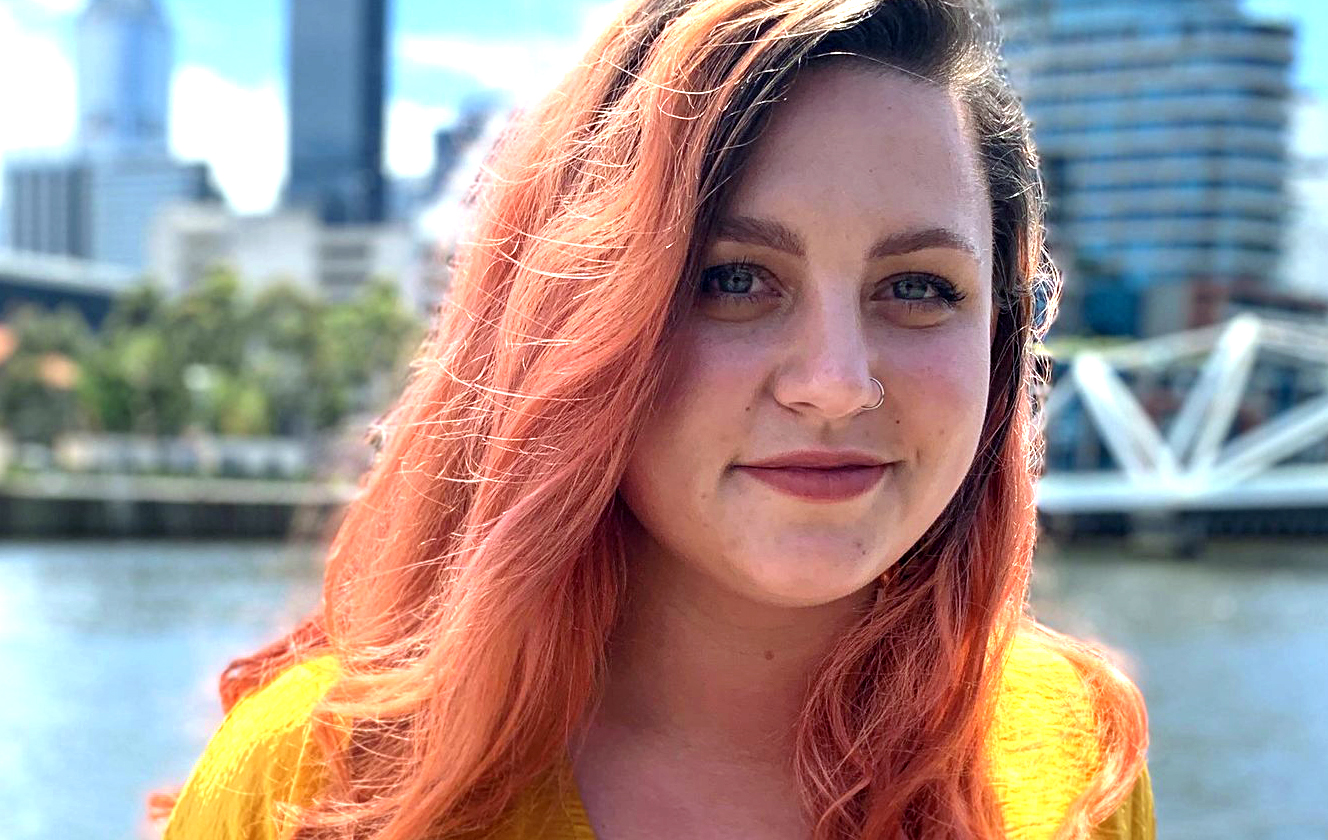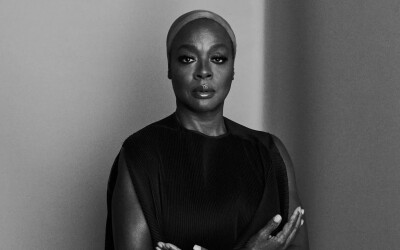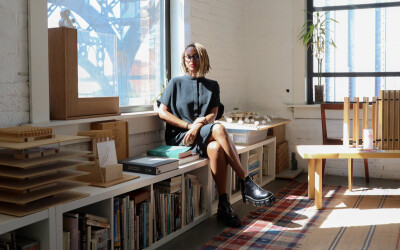Archaeologist Maddison Miller creates space for Aboriginal voices in cultural heritage and STEM.
A typical day at the office for Maddison “Maddi” Miller involves digging through dirt and earth to uncover artifacts that haven’t been touched for thousands of years. “It’s very Indiana Jones,” she says with a laugh.
Maddi is an archaeologist at Heritage Victoria in Melbourne, Australia. It is her job to visit sites around the Australian state of Victoria and assess them for their heritage significance. Recently, Maddi excavated a prisoner of war camp and the headquarters of a native police force. Part-scientist, part-detective and part-historian, Maddi tells the stories of people in the past and their way of life.
Before arriving at a dig, Maddi conducts research. A LOT of research. She considers why people would have been at that location in the past: “Maybe it’s a cave site so it’s about shelter. Maybe it’s a riverside so you understand people might have been there accessing the resources.” She learns as much as possible before going out into the field. Once there, Maddi must carefully record the site before she begins digging — this involves detailed photographing, mapping and note-taking. Archaeology is destruction, Maddi explains. Once you dig, you can’t get it back so it is important to keep comprehensive records.
After the site is documented, Maddi gets on her hands and knees to uncover items that tell her something about that particular place. For example, a stone not native to that region might indicate the movement of people across that place.
While Maddi works on all types of projects, she loves learning about Aboriginal culture through archaeology. Maddi is a proud Darug woman. The Darug people are the traditional land owners of the western suburbs of Sydney and surrounding Blue Mountains. Aboriginal people have been in Australia for at least 65,000 years, making them the oldest continuous culture in the world. However, Maddi notes that “there are many different ways of experiencing being Aboriginal” — today, there are over 250 different Aboriginal language groups across Australia.
“I’m really proud of my culture and I’m really proud of my ancestors,” Maddi shares. “For me that means we have a responsibility to the land and to uphold our culture.” Archaeology allows Maddi to combine her passion for Aboriginal culture with her academic interest in the natural world. She believes that the lessons we learn from the past are key to understanding our future.
An important aspect of Maddi’s job is taking what she learns from archaeological excavations and applying it in modern contexts. She works with policy-makers, scientists and architects to help them consider Aboriginal knowledge and place when planning cities and towns. For example, she recently worked with atmospheric scientists modelling air pollution in Sydney. Because European weather seasons don’t apply to Australian climates, Maddi encouraged them to use Aboriginal seasons for their data. Aboriginal weather models gave scientists a better framework for mapping out what was happening with pollutants at various points in the year.
“Aboriginal knowledges are not often considered to be valid knowledges. It’s a different way of knowing the world,” Maddi says. “It doesn’t always fit into a western framework. I see archaeology as a bit of a bridge of that gap and bringing those two knowledge gaps together.”
Maddi is also dedicated to supporting the next generation of Aboriginal students, particularly in their pursuit of careers in STEM. She says that a lot of Aboriginal people chose professions to help their communities, but they don’t always see STEM careers as a pathway to do that. Through op-eds and speaking engagements, Maddi encourages students to continue the long legacy of Aboriginal people in STEM: “Our ancestors have always been engineers, architects and scientists.”
According to Maddi, lack of access to quality education prevents Aboriginal students from studying STEM. For Aboriginal students living in semi-rural or remote areas, they “don’t get exposure to things” because the quality of education in those communities is lacking. She says part of the problem is that teachers often work in remote schools for short periods of time, which prevents Aboriginal students from developing connections with role models.
Maddi says another issue is that Aboriginal culture and history is not taught properly in schools. As a student, Maddi says that “it’s hard to engage in academic discourse when they don’t recognise you.” When Aboriginal studies are included, she feels it is not in a meaningful way and teachers approach the subject with the attitude: “Well, Aboriginal people were here. They did some stuff. We don’t really know what that was and now let’s get on with the real history.”
Other factors play into the fact that Aboriginal students complete secondary school at a rate 20% lower than the general population. “When we talk about barriers to completing education, there’s so many things,” Maddi explains, including rates of incarceration, violence and unemployment. Aboriginal people are the most incarcerated people in the world. Aboriginal women are five times as likely to experience physical violence compared to other Australian women. The unemployment rate for Aboriginal people is 15% higher than the general population.
Still, Maddi is hopeful for the next generation of Aboriginal youth. Aboriginal people are 3% of the Australian population — and 63% of Aboriginal people are under the age of 30. Maddi sees the large Aboriginal youth population helping to revitalise their culture: “Dancing is central to our culture and we’re seeing dance competitions. Through the dance competitions, people want to re-learn traditional crafts. So then we’re making our own costumes, we’re relearning our language through songs. I think in so many different ways we’re reclaiming our culture and being so proud. Where my grandparents weren’t allowed to speak their language, it’s now celebrated and I have a medium to do that through.”
While Maddi is optimistic for the future, she believes that Australia is still failing its Aboriginal population: “This country has a long way to go to heal. We need to come to terms with what happened to Aboriginal people in this country. And then to celebrate the amazingness that is our culture and the 60,000 years that come before us.”
Source malala.org



